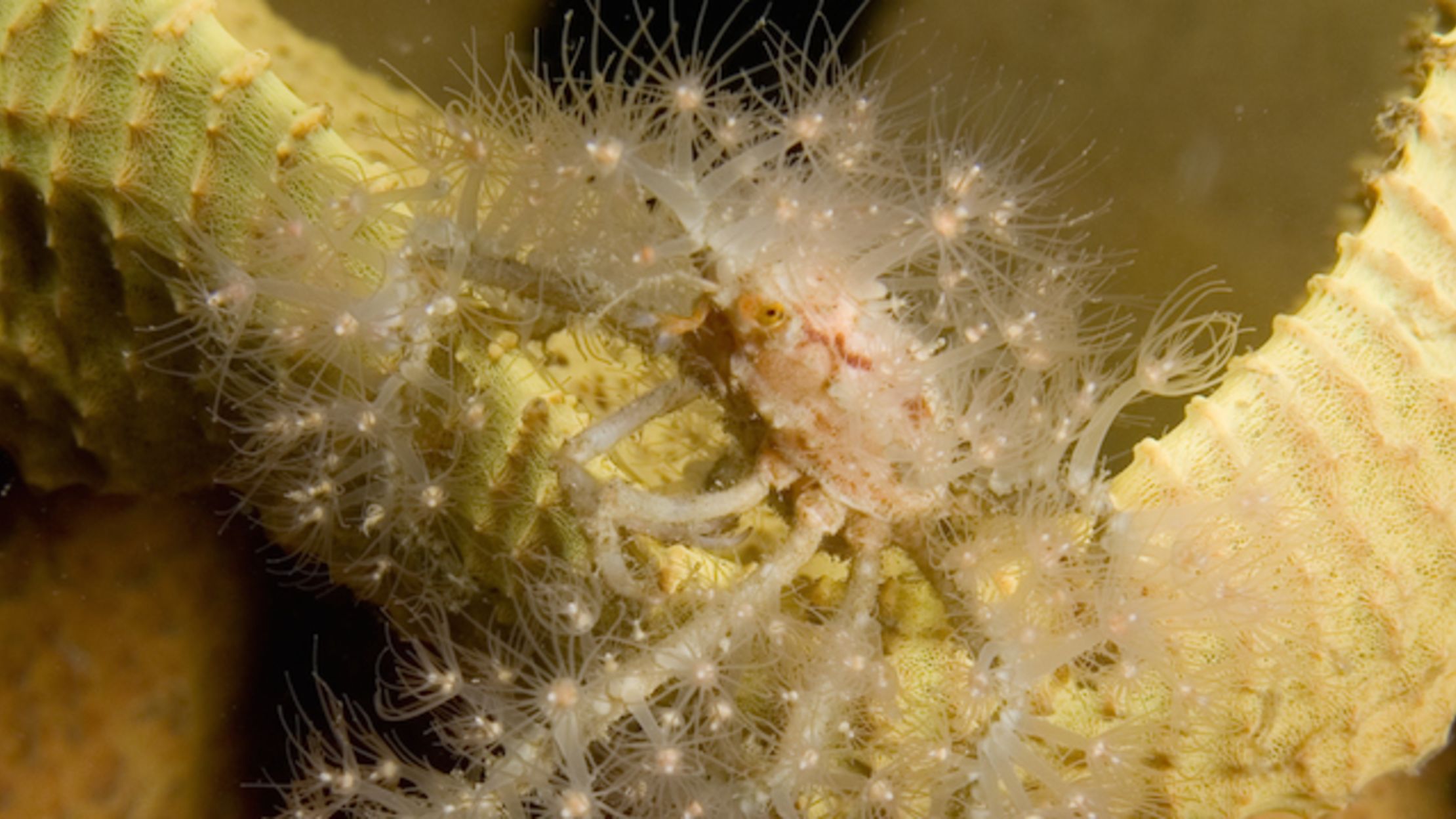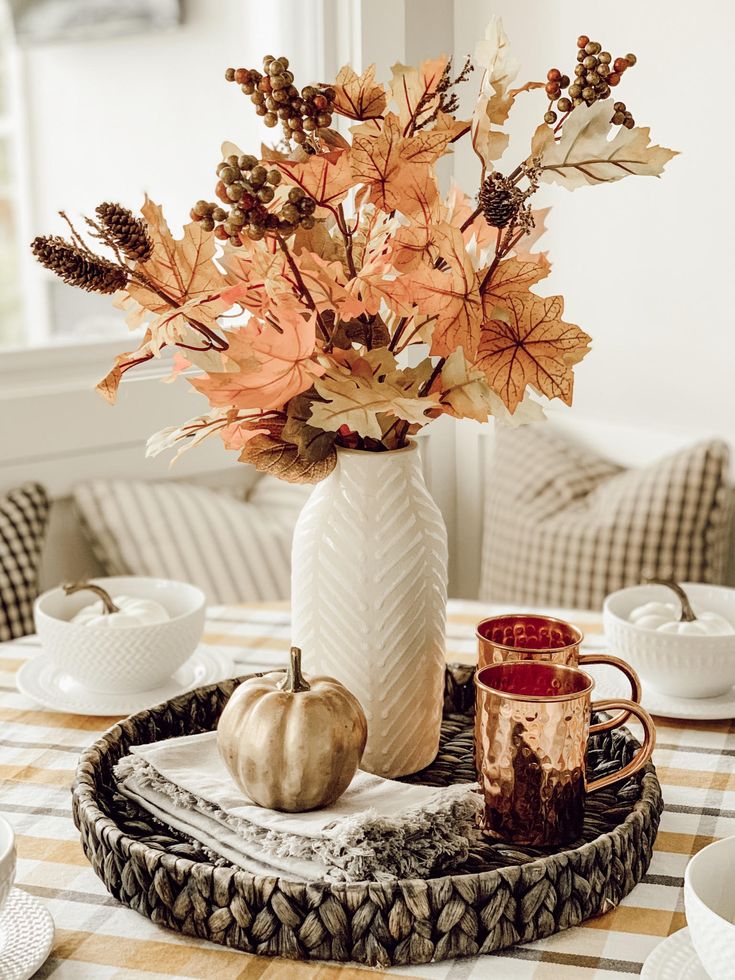Discover Where Decorator Crabs Make Their Colorful Homes

In the kaleidoscopic world beneath the waves, few creatures are as striking and peculiar as the decorator crab. Known scientifically as Schizophrys dahlakensis among other species, these crabs are renowned for their unique ability to camouflage themselves with materials from their environment. This blog will dive into the colorful homes of decorator crabs, their behavior, habitats, and the biological implications of their decorating habits.
What Are Decorator Crabs?


Decorator crabs are small marine crustaceans belonging to the family Majoidea. They are characterized by their propensity to cover their bodies with various items from their surroundings, which serves both as camouflage and for purposes such as predator deterrence and mating signals.
- Physical Characteristics: These crabs generally have long, hairy legs which help them pick up and stick materials onto their carapace.
- Behavior: The crabs meticulously select and arrange their 'decorations' using specialized hairs called setae, which hold fast onto items like algae, sponges, coral fragments, and even small anemones.
Habitats of Decorator Crabs


Decorator crabs are most commonly found in:
- Coral Reefs: These vibrant ecosystems provide a plethora of materials for decoration and numerous hiding spots.
- Seagrass Beds: Here, they use seagrass leaves, often covering themselves entirely.
- Rocky Substrates: In these areas, they collect small rocks or shells.
- Estuaries and Mangroves: With their rich mix of materials from both land and sea.
The Art of Decoration


The process of decorating is fascinating:
- Selection: Crabs choose items based on texture, color, and camouflage potential. They may even change decorations as they move to different environments.
- Attachment: With their specialized setae, crabs can attach items securely, often making it difficult for predators to distinguish the crab from its surroundings.
- Maintenance: Regularly, crabs will update or replace decorations as they grow or when items degrade.
Biological Implications

| Aspect | Explanation |
|---|---|
| Camouflage | By blending into the environment, decorator crabs reduce the risk of predation. |
| Predator Deterrence | Some chosen items, like sea anemones, can offer protection by stinging potential predators. |
| Mating Signals | Colorful decorations might signal to potential mates the fitness and attractiveness of the crab. |
| Communication | Certain species use decorations for visual communication within the species. |

🦀 Note: Not all decorator crabs decorate all the time; some might only do it during certain phases of their life or in specific environments.
The Challenges of Being a Decorator Crab

Despite their adaptive camouflage:
- Energy Consumption: The process of collecting and maintaining decorations can be energetically costly.
- Vulnerability During Decoration: While they are busy decorating, they might be less aware of surrounding dangers.
- Competition for Materials: Good decoration materials can be scarce, leading to competition among crabs.
Observing Decorator Crabs in the Wild

To appreciate these artistic crustaceans:
- Snorkeling or Diving: Visit coral reefs where decorator crabs are known to reside.
- Aquariums: Many public aquariums showcase decorator crabs, offering a close look at their decorating behavior.
Conclusion

The decorator crab’s vibrant homes are not just about aesthetic appeal but are a sophisticated survival strategy. Their ability to transform their appearance with materials from their habitat underscores their adaptability, communication skills, and survival instinct. Through their choice of decorations, they avoid predators, signal mates, and interact with their environment in ways that are both beautiful and functionally sophisticated.
Why do decorator crabs choose certain materials for decoration?

+
Decorator crabs select materials that match their environment to blend in, deter predators with stinging organisms like anemones, and sometimes for communication or mating signals.
Can decorator crabs change their decorations?

+
Yes, decorator crabs regularly update their decorations as they grow, their environment changes, or when their materials degrade.
How do decorator crabs benefit from their camouflage?

+
Their camouflage helps them avoid predators, communicate with other crabs, and potentially signal to mates, enhancing their survival and reproductive success.



